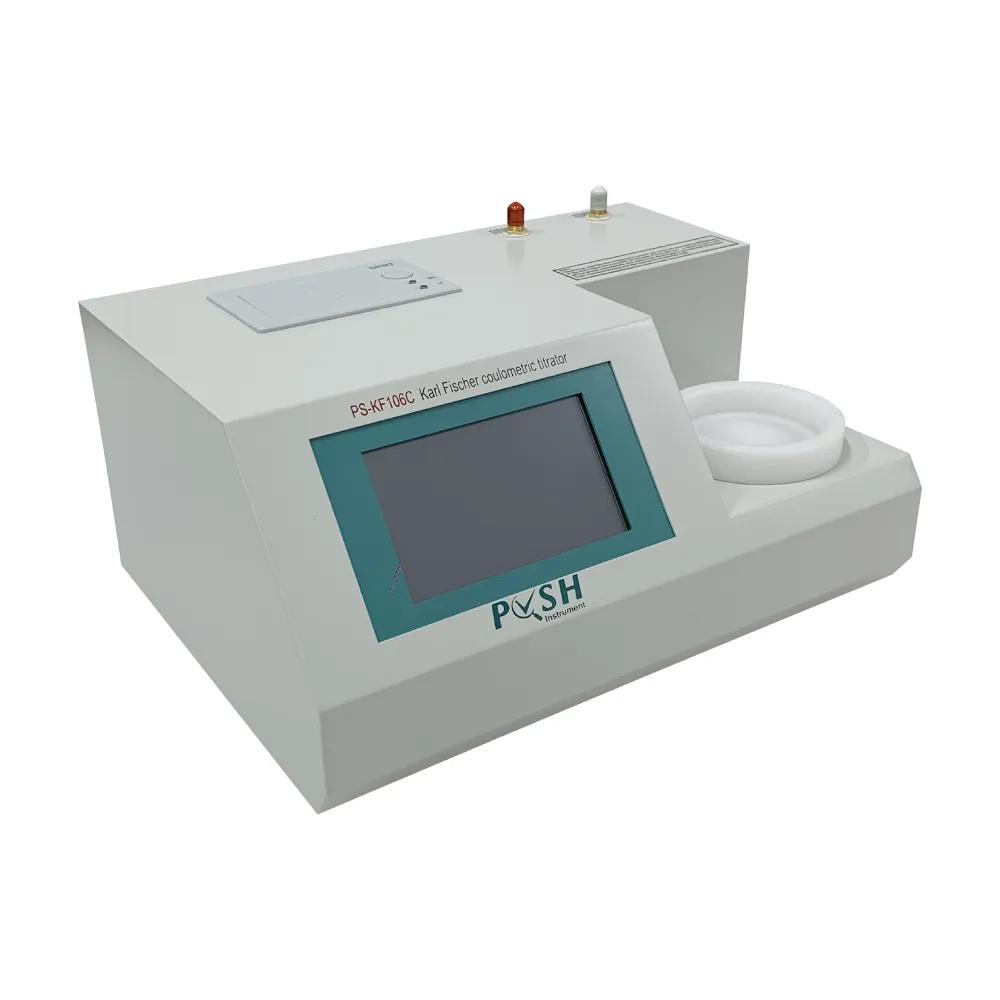 English
English



-
 Afrikaans
Afrikaans -
 Albanian
Albanian -
 Amharic
Amharic -
 Arabic
Arabic -
 Armenian
Armenian -
 Azerbaijani
Azerbaijani -
 Basque
Basque -
 Belarusian
Belarusian -
 Bengali
Bengali -
 Bosnian
Bosnian -
 Bulgarian
Bulgarian -
 Catalan
Catalan -
 Cebuano
Cebuano -
 China
China -
 China (Taiwan)
China (Taiwan) -
 Corsican
Corsican -
 Croatian
Croatian -
 Czech
Czech -
 Danish
Danish -
 Dutch
Dutch -
 English
English -
 Esperanto
Esperanto -
 Estonian
Estonian -
 Finnish
Finnish -
 French
French -
 Frisian
Frisian -
 Galician
Galician -
 Georgian
Georgian -
 German
German -
 Greek
Greek -
 Gujarati
Gujarati -
 Haitian Creole
Haitian Creole -
 hausa
hausa -
 hawaiian
hawaiian -
 Hebrew
Hebrew -
 Hindi
Hindi -
 Miao
Miao -
 Hungarian
Hungarian -
 Icelandic
Icelandic -
 igbo
igbo -
 Indonesian
Indonesian -
 irish
irish -
 Italian
Italian -
 Japanese
Japanese -
 Javanese
Javanese -
 Kannada
Kannada -
 kazakh
kazakh -
 Khmer
Khmer -
 Rwandese
Rwandese -
 Korean
Korean -
 Kurdish
Kurdish -
 Kyrgyz
Kyrgyz -
 Lao
Lao -
 Latin
Latin -
 Latvian
Latvian -
 Lithuanian
Lithuanian -
 Luxembourgish
Luxembourgish -
 Macedonian
Macedonian -
 Malgashi
Malgashi -
 Malay
Malay -
 Malayalam
Malayalam -
 Maltese
Maltese -
 Maori
Maori -
 Marathi
Marathi -
 Mongolian
Mongolian -
 Myanmar
Myanmar -
 Nepali
Nepali -
 Norwegian
Norwegian -
 Norwegian
Norwegian -
 Occitan
Occitan -
 Pashto
Pashto -
 Persian
Persian -
 Polish
Polish -
 Portuguese
Portuguese -
 Punjabi
Punjabi -
 Romanian
Romanian -
 Russian
Russian -
 Samoan
Samoan -
 Scottish Gaelic
Scottish Gaelic -
 Serbian
Serbian -
 Sesotho
Sesotho -
 Shona
Shona -
 Sindhi
Sindhi -
 Sinhala
Sinhala -
 Slovak
Slovak -
 Slovenian
Slovenian -
 Somali
Somali -
 Spanish
Spanish -
 Sundanese
Sundanese -
 Swahili
Swahili -
 Swedish
Swedish -
 Tagalog
Tagalog -
 Tajik
Tajik -
 Tamil
Tamil -
 Tatar
Tatar -
 Telugu
Telugu -
 Thai
Thai -
 Turkish
Turkish -
 Turkmen
Turkmen -
 Ukrainian
Ukrainian -
 Urdu
Urdu -
 Uighur
Uighur -
 Uzbek
Uzbek -
 Vietnamese
Vietnamese -
 Welsh
Welsh -
 Bantu
Bantu -
 Yiddish
Yiddish -
 Yoruba
Yoruba -
 Zulu
Zulu
line earth loop tester
Understanding Line Earth Loop Testers A Key Tool for Electrical Safety
In the field of electrical installation and maintenance, ensuring safety is of paramount importance. One of the essential tools utilized to enhance electrical safety is the line earth loop tester. This device serves a critical role in measuring the earth fault loop impedance, which is fundamental in determining the effectiveness of earthing systems and ensuring the safety of electrical installations.
What is a Line Earth Loop Tester?
A line earth loop tester is an electrical testing device designed to measure the resistance in the earth fault loop path. This testing process helps assess the quality of an electrical installation and its compliance with safety standards. By evaluating the earth loop impedance, electricians can identify potential safety hazards and ensure that protective devices, such as circuit breakers or fuses, will operate correctly during a fault.
Importance of Earth Loop Testing
The earth loop impedance is crucial for several reasons. First and foremost, it determines how quickly a protective device will operate in the event of a fault, which is essential for preventing electrical shocks and fire hazards. The lower the earth loop impedance, the faster the circuit protection can react, effectively minimizing the risk of injury or damage.
Poor earthing can be a significant safety hazard, leading to electric shock or equipment malfunction. Regular testing using a line earth loop tester helps identify issues in the earthing system, ensuring that it functions optimally. In addition, many electrical regulations and standards, such as the IET Wiring Regulations in the UK (BS 7671), require testing of the earth loop impedance to verify compliance with safety norms.
How Does a Line Earth Loop Tester Work?
line earth loop tester

Using a line earth loop tester involves several key steps. First, the tester is connected to the electrical installation, typically at the distribution board. The device will send a small test current through the circuit, measuring the voltage drop across the earth fault loop. This measurement allows the device to calculate the impedance.
The tester usually performs several types of tests, including
1. Ze Test (Earth Fault Loop Impedance at the Supply) This measures the impedance from the supply neutral to the earth electrode. 2. Zs Test (Earth Fault Loop Impedance at the Final Circuit) This measures impedance from the supply to the point of use, including the circuit protective conductor.
3. Zs Test on Circuit Conductors Specific assessments may be made to evaluate conductors before they are energized.
After performing the tests, the results are displayed, which can then be compared to the acceptable limits set by relevant electrical standards.
Conclusion
In conclusion, line earth loop testers are indispensable tools in ensuring electrical safety and compliance. By measuring earth fault loop impedance, electricians can identify potential hazards, verify the effectiveness of earthing, and ensure swift operation of protective devices. Regular testing and maintenance are essential for any electrical installation, as they safeguard not only the equipment but also the lives of individuals who interact with these systems daily. As technology advances, line earth loop testers are becoming more sophisticated, offering greater accuracy and additional features to enhance electrical safety practices further. In a world increasingly reliant on electricity, the importance of such safety measures cannot be overstated.
-
Testing Equipment Industry Sees Major Advancements in 2025: Smart & Precision Technologies Lead the WayNewsJun.06,2025
-
Applications of Direct Current Generators in Renewable Energy SystemsNewsJun.05,2025
-
Hipot Tester Calibration and Accuracy GuidelinesNewsJun.05,2025
-
Digital Circuit Breaker Analyzer Features and BenefitsNewsJun.05,2025
-
Benefits of Real-Time Power Quality Monitoring Devices for Industrial EfficiencyNewsJun.05,2025
-
Earth Fault Loop Testing in High-Rise Building Electrical SystemsNewsJun.05,2025



